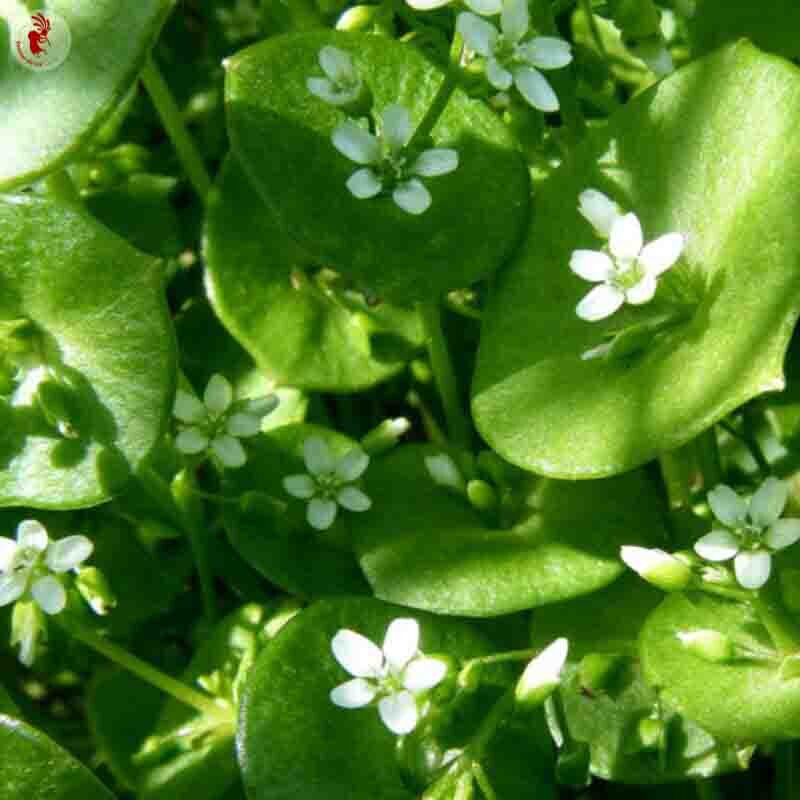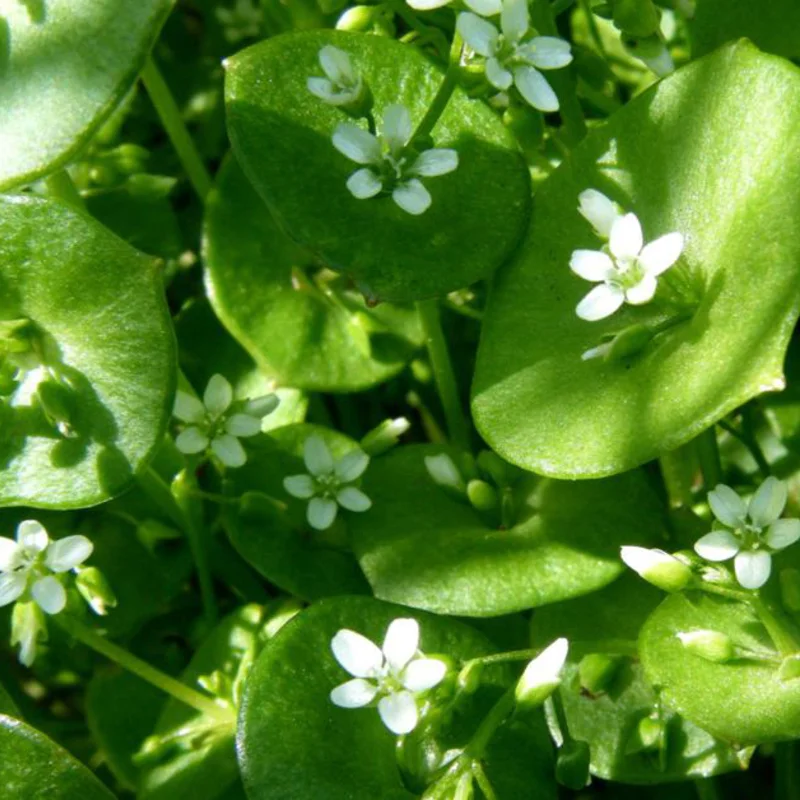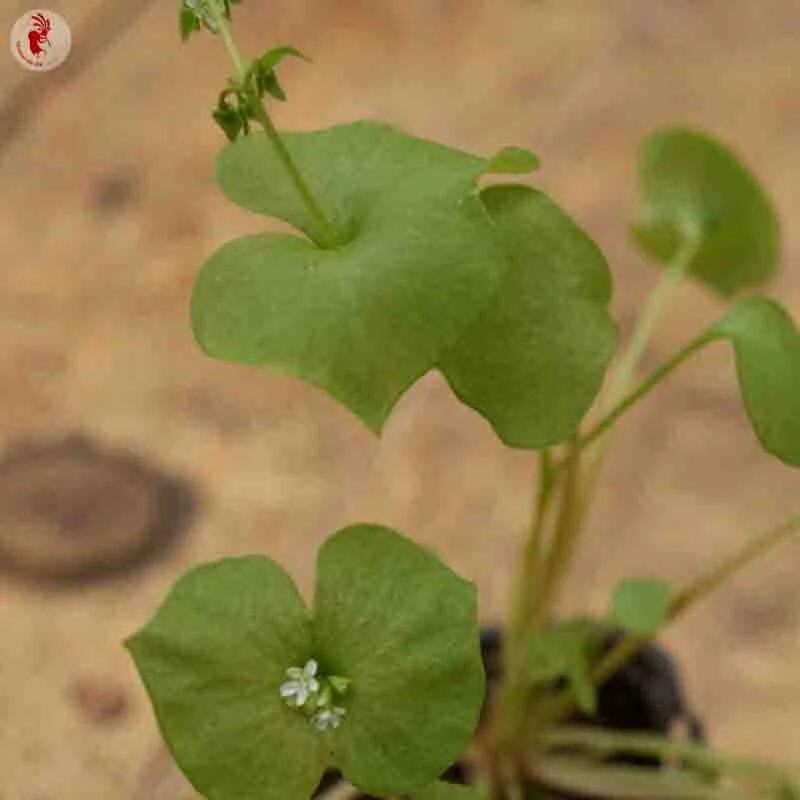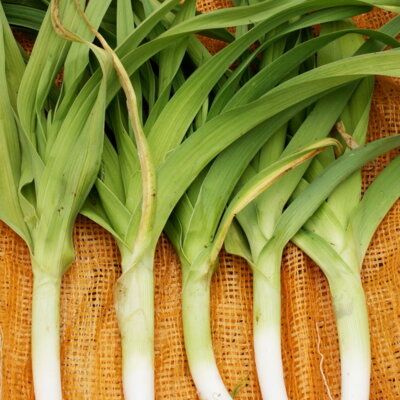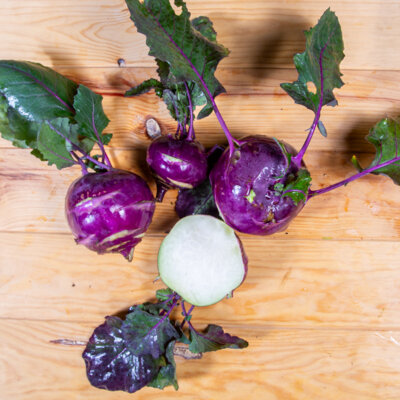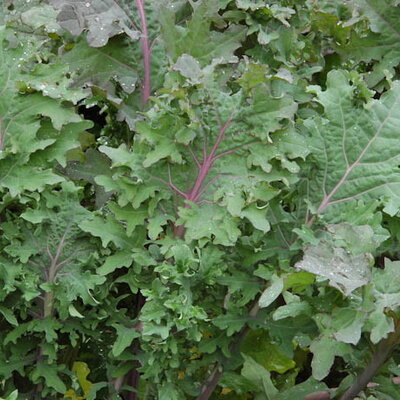Miner’s lettuce
Also known as "winter purslane", this plant offers round, fleshy, tender leaves with a fine, pleasant flavor that can be eaten raw in salads or cooked like spinach, au gratin or sautéed.
What are the characteristics of the Cuban claytone?
The Cuban claytone, Claytonia perfoliata, is a mid-season variety native to Cuba. Highly resistant to frost (down to -20°C), this forgotten vegetable can be harvested all winter long if sown at the right time. Winter purslane produces round, fleshy green leaves, inside which nestle small clusters of white flowers. From 20 to 40 cm high, this annual plant decorates the vegetable garden and, raw or cooked, graces the kitchen table.
When to sow Cuban claytone?
The ideal sowing period is from April to October in the open ground. Cuban claytone likes acidic, humus-rich soil, and half-shade. The ideal germination temperature is 12°C, but 4°C may be sufficient. As its name suggests, winter purslane is extremely cold-resistant.
Sow seeds directly in the vegetable garden, very lightly and shallowly, in rows 25 cm apart. Keep the soil cool and moist, watering lightly. Thin to 10 cm when plants have 4 to 5 leaves.
In the garden, Cuban claytone gets on well with all plant species and varieties. It's a great addition to small, unoccupied spaces in the vegetable garden. Winter purslane can also be grown in pots.
When to harvest Cuba claytone?
Cuba claytone can be harvested all year round, except in March, April and May. The first leaves can be enjoyed 2 months after sowing. It's best to pick leaf by leaf to encourage regrowth. Cuban claytone produces several harvests a year. Be careful not to uproot the plants, which have a very shallow root system, when harvesting. Winter purslane, like all purslane, can be easily reseeded from one year to the next.
Cuban claytone: a forgotten vegetable
Although the Cuban claytone was introduced to Europe in the 19th century along with the Marmande tomato, it has not enjoyed the same success. Yet it's an excellent edible plant that's easy to grow. In the kitchen, it goes well with lettuce, peppers or tomatoes, and adds a touch of elegance to any plate. Raw, the small, fleshy leaves add freshness to salads. Cooked, they can be enjoyed in the same way as spinach. However, the leaves wilt once harvested.
in the ground, online, on the fly
Sow very lightly, directly in place, in shallow rows 25 cm apart. Thin to 10 cm when plants have 4 to 5 leaves. Pick leaf by leaf to encourage regrowth.
This species thrives in acidic, humus-rich soil. Its seeds germinate poorly if temperatures are too high, but it is highly resistant to cold and can be harvested all winter long if sown at the right time.
April, May, June, July
June, July, August, September, October
in the ground, in pot
sunny, semi-shade
medium
humus
drained, rich
Claytonia perfoliata
mid-season
200 seeds
tender
Green
From 20 to 30 cm
round
Cuba
1883
"Vilmorin-Andrieux "Les Plantes Potagères
This ancient variety from Cuba is cited in Vilmorin-Andrieux's 1883 book "Les Plantes Potagères".



